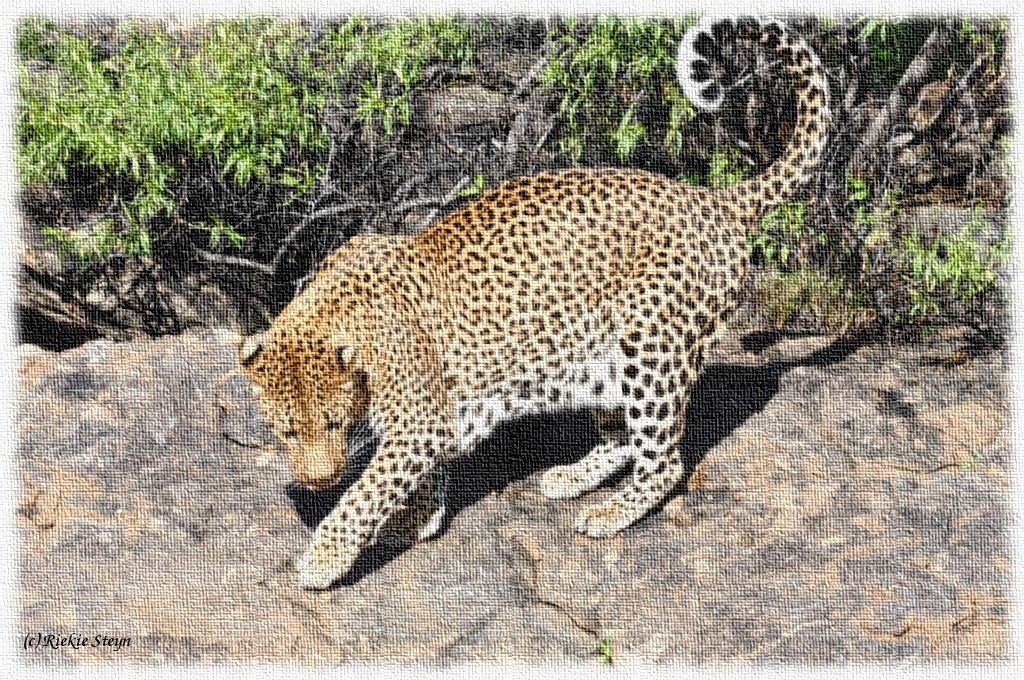Background
Conflict between humans and predators (as well as human-wildlife conflict in general) is a worldwide and increasing problem (Messmer, 2000). Possible reasons given for this increase, are the increasing human populations, habitat encroachment, abandoned farms, more conservation areas, and changing farming methods. In the final instance it is the farmers who have to carry the financial costs of this conflict. In Namibia the main predators on livestock are black-backed jackals (Canis mesomelas), caracals (Felis caracal), leopards (Panthera pardus) and cheetahs (Acinonyx jubatus). Other predators can sometimes cause large damages, but are not usually resident on farmlands. Sometimes farmers also kill other animals in their fight against predators like insectivores (bat-eared foxes and aardwolfs) wich are truly "innocents".
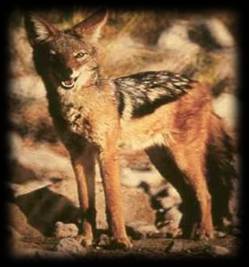 |
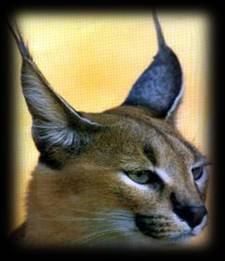 |
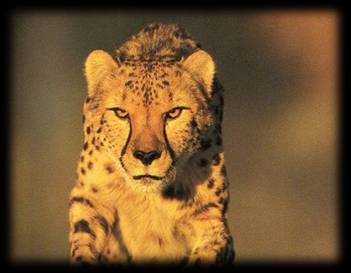 |
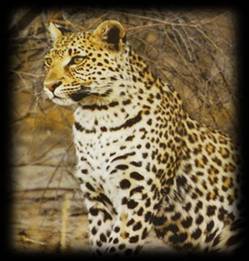 |
| Black-backed jackals are a problem for smallstock farmers when killing lambs. | Caracals can only kill small livestock, but often kill more than one animal at a time. | Cheetahs can kill both young calves and adult small livestock. | Leopards can kill larger calves as well as adult small livestock and like all cats, sometimes kill more animals than they eat. |
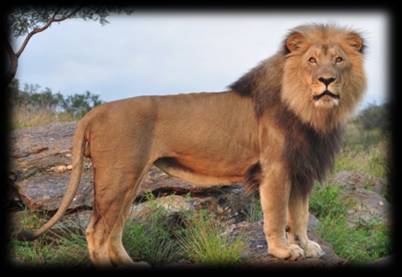 |
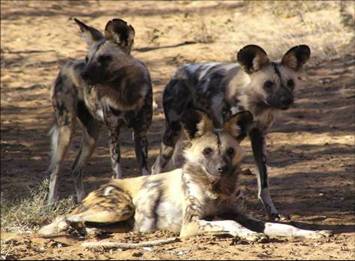 |
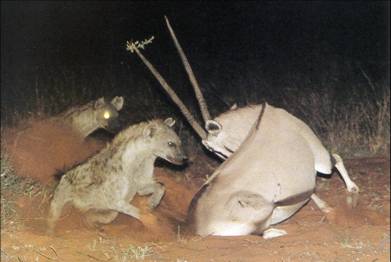 |
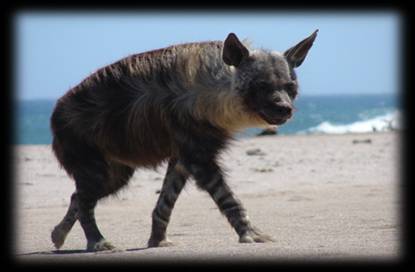 |
| Lions escaping from conserved areas can kill adult cattle. | Wild dogs seldom stay in the same area for long, but can cause large damages while there. | Spotted Hyaenas sometimes escape from Etosha and can rip adult cattle apart. | Brown Hyaenas are more scavenger than predator, but will sometimes kill young or sleeping animals. |
The methods used by farmers to prevent livestock depredation are usually classified as either lethal or non-lethal. However there are issues with this classification, since some "non-lethal methods" can cause the death of predators and have a larger negative effect on the ecosystem than simply killing the single guilty predator. A variety of mitigating methods have been proposed (Nyhus et al., 2003; Linnell et al., 1996; Shivik, 2004; Daly et al., 2006; Shivik, 2006). These include proactive methods to prevent the conflict, methods that increase the value of the wildlife species to offset the costs of living with wildlife (e.g. regulated harvest of leopard in Uganda, wildlife property rights on Namibian farmlands, eco-tourism, etc.), and reactive methods including compensation and removal of problem animals after-the-fact. The methods can differ in costs and effectiveness with the two extremes of
- doing nothing: Costs = 0, but can result in such heavy losses that the farmer looses more than his income ... to ...
- keeping the livestock permanently in a barn or feeding lot: 100% effective against predators, but so expensive that it will cost the Namibian farmer more than his income.
![chavoux [by] gmail [punt] com](./epos1.png)
